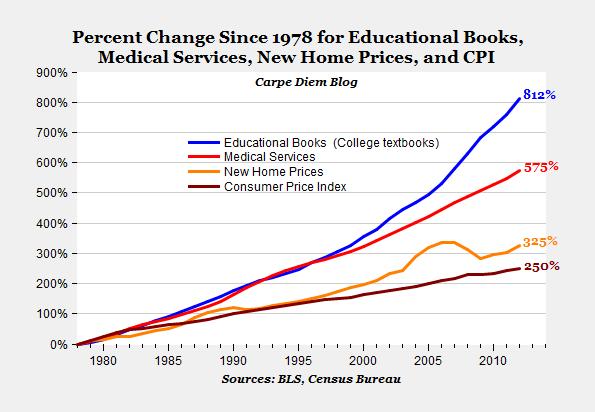For first-time college students, the start of their first term is often a time of great excitement. Getting familiar with their campus and all it offers, meeting classmates, making new friends and learning from expert faculty in their chosen field of study all provide unique and stimulating experiences.
One aspect of the college experience students typically do not find positive is the sticker shock they feel when purchasing textbooks and supplies for their classes.
Described earlier this year as a “racket” by Gov. Gavin Newsom, the price of college textbooks has risen by more than 800% since 1978. According to a recent report by College Board, textbooks and supplies now cost community college students almost $1,500 per year on average.


The high cost of textbooks affects more than just a student’s bank account, however. Their learning outcomes and ability to succeed in classes are also impacted, as recent studies show nearly two-thirds of students skip purchasing a textbook because of cost—despite concerns that not having the materials will negatively impact their grade. Additionally, students experiencing food insecurity report forgoing buying course materials at even higher rates, with more than 80% of food-insecure students not buying required textbooks due to cost.
For community colleges students, who disproportionately come from low-income households, the high price of textbooks presents a significant barrier to academic success and degree completion. Most students rely on their financial aid in order to be able to afford textbooks. But due to the financial aid disbursement schedule, they often do not have access to funds prior to the start of classes. By the time students have access to their financial aid and are able to order and receive textbooks, they are often already behind in their classes and struggle to catch up once they have their books in hand.
Possible solutions to the high cost of textbooks include Open Educational Resources (OER) and Zero Textbook Cost (ZTC) degrees.
Open Educational Resources are learning, teaching and research resources in the public domain, or otherwise freely available through an intellectual property license that allows their use by anyone. They allow students and instructors to download, share and alter materials for use in classrooms. They include textbooks, course materials, video lectures, tests and even software. They provide students and their families with much-needed financial relief while maintaining high standards of academic rigor.
Recent research has found students in courses that utilize OER have better grades on average and have lower failure and withdrawal rates than their counterparts in courses that don’t utilize OER. In many cases, these challenges were exacerbated by the COVID-19 pandemic.
Zero Textbook Cost degrees, as the name implies, are full associate degree or career education certificate programs that utilize OER to completely eliminate conventional textbook costs through alternative instructional materials. They allow students to earn degrees and certificates without having to pay potentially thousands of dollars for textbooks.
Proponents of OER are quick to point out that cost savings are not the only benefit. Many advocates claim the open format gives faculty the ability to make their courses more responsive to student needs and early results indicate faculty who use OER report it improves student engagement.
California, long a leader in higher education innovation, is a national leader in the support and development of OER and ZTC degrees. In fact, Gov. Newsom and the state Legislature have dedicated $115 million toward expanding ZTC degree programs throughout the state’s community colleges.
While the California Community Colleges Chancellor’s Office is still determining how to best allocate those funds, robust OER and ZTC degree programs are already in place locally at both Evergreen Valley College and San Jose City College. Both colleges offer dozens of ZTC courses, and San Jose City College is part of the American Association of Colleges and Universities’ Institute on Open Educational Resources.
I, and other community college leaders throughout the state, are confident that, with this substantial dedicated funding, ZTC degree programs have the potential to completely transform the course materials used throughout college classrooms in California and beyond. With this commitment to our students, California further cements itself as a leader in college access, affordability and quality.
San José Spotlight columnist Raúl Rodríguez is Interim Chancellor of San Jose-Evergreen Community College District, which operates San Jose City College, Evergreen Valley College, the Milpitas College Extension and the Community College Center for Economic Mobility. His columns appear every first Wednesday of the month. He can be reached at [email protected].



Leave a Reply
You must be logged in to post a comment.